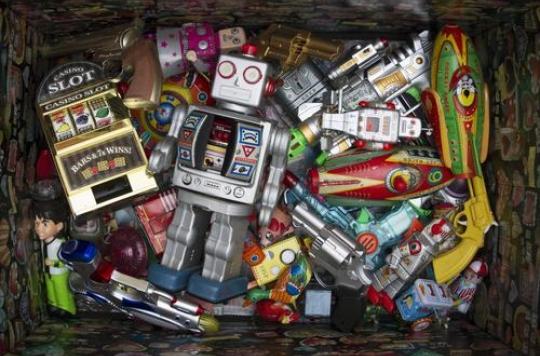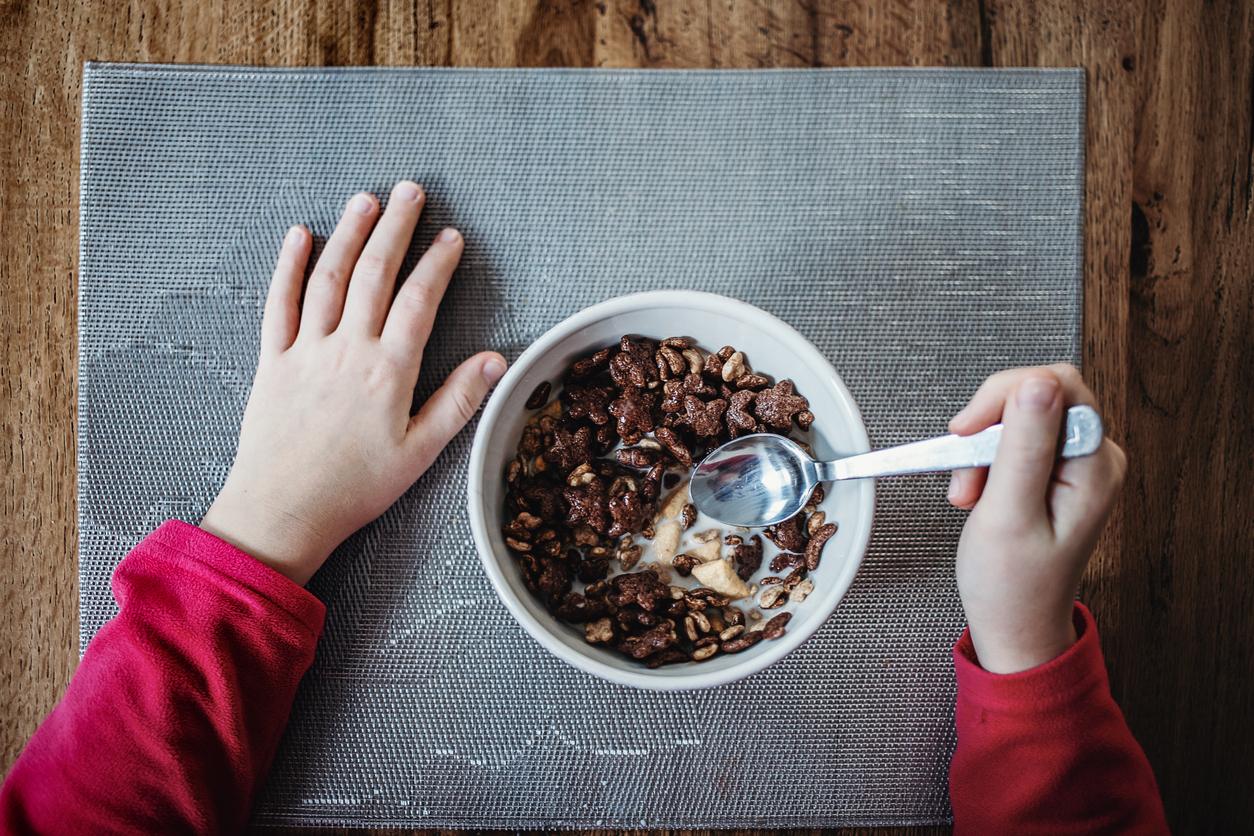Between nostalgia and the desire to pass on, some parents keep their old toys to give them to their own children. But in reality, there are health risks. Explanations.

Baby dolls, cars, dinette or other construction cubes … When you were a child, you may have found yourself one day with your parents’ old toys in your hands. And today you want to do it yourself. However, a study, carried out by researchers at the University of Plymouth (United Kingdom), and published in the journal Environmental Science & Technology, shows that there may be danger.
The presence of chemical elements
To carry out this study, the researchers analyzed 26 types of toys. Trains, cars, plastic figurines, puzzles… these are the ones we usually find in families.
Observation: these old toys contain chemical elements that are risky for children, even at low doses. Among them are chromium, lead, barium, selenium and even antimony. Chromium, for example, falls under the category of heavy metals. It can cause illnesses like encephalopathies.
More to the standards
Today, these toys could not be marketed. Quite simply because they no longer respect the European standards in force. Children can put old toys in their mouths and ingest chemicals that are now prohibited. According to Dr. Andrew Turner, one of the main researchers of the study interviewed by the BBC, there is a dangerous toy for children, which nevertheless crosses the generations: “the biggest failure comes from the LEGO bricks of the 1970s and 1980. At that time, toys weren’t tested and we continue to use them today. “
Pay attention to the “CE” label
Currently, those carrying the “CE” mark signify that they comply with safety requirements. But the label is affixed by the manufacturer himself. The Directorate General for Competition, Consumption and Fraud Control (DGCCRF) is responsible for verifying that the manufacturer’s commitment is respected, with the controls imposed.
Fewer endocrine disruptors
But vigilance is required, even with recent toys. In the viewfinder, endocrine disruptors, present in the plastic. Some contain phthalates for example, intended to soften plastic. They can be reproductive toxic in boys.
.

















